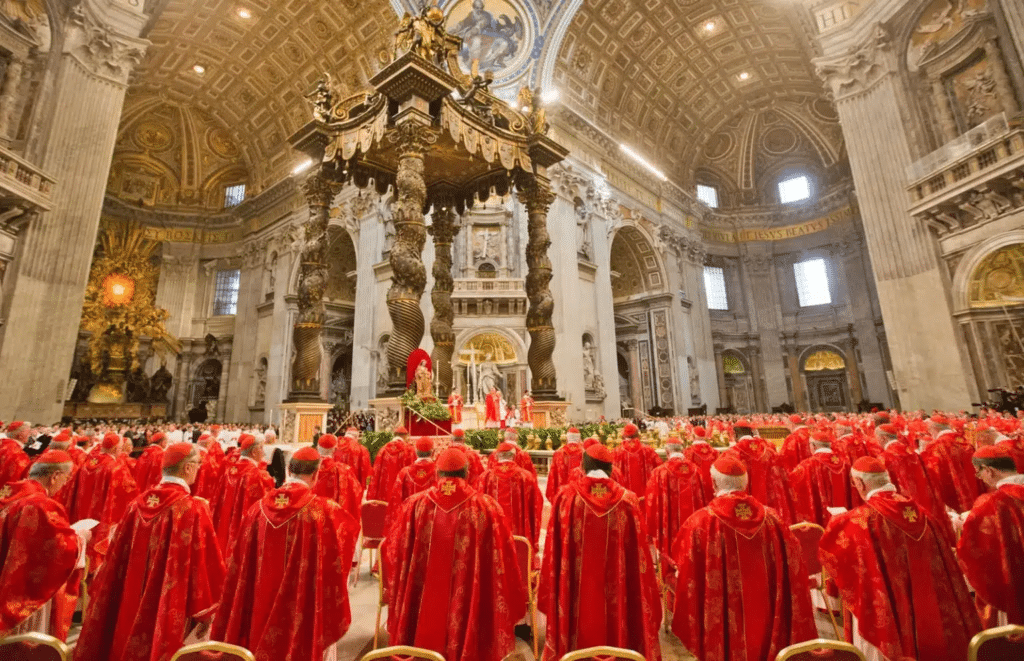How the New Pope Will Be Elected

On April 21, Pope Francis (Jorge Mario Bergoglio) passed away. Now, the Catholic Church must prepare to elect a new leader. Here’s what you need to know about the events that will lead up to the announcement of the next pontiff.
Who Will Lead the Church Until a New Pope Is Elected
Upon the death or resignation of a pope, the Vatican enters a period known as sede vacante — or «the seat being vacant.» During this time, the Holy See’s activities are greatly limited, and most Vatican officials step down from their roles.
The death of the pope is officially announced by the Camerlengo — the cardinal tasked with organizing the pope’s funeral and overseeing the election process. However, the Camerlengo is not an acting pope and cannot make major decisions without the consent of the College of Cardinals.
During the «sede vacante», the Camerlengo manages the Vatican’s finances and other administrative duties.
Traditionally, the body of the pope is displayed in St. Peter’s Basilica for the faithful to pay their respects. He is typically buried in a triple coffin made of cypress, lead, and oak. However, Pope Francis requested a simple burial in a wooden coffin at the Basilica of Santa Maria Maggiore.
What Is a Conclave

The Conclave is the gathering of Catholic cardinals to elect a new pope. No more than 120 cardinals are eligible to vote, and they travel to the Vatican from all over the world.
Since 1975, cardinals over the age of 80 have been excluded from voting. However, there are no age restrictions for a papal candidate — theoretically, any Catholic male could be elected, though since 1378, only cardinals have been chosen as popes.
How the Papal Election Will Proceed
The Conclave will begin between the 15th and 18th day after the pope’s death. Cardinals will assemble in the Sistine Chapel and conduct the first round of voting.
The process is strictly secret. Cardinals are secluded inside the chapel without any contact with the outside world, and the doors are opened only in emergencies.
Voting occurs twice daily. Cardinals write their choice on a slip of paper. If no candidate receives a two-thirds majority, the ballots are burned and black smoke rises from the chapel’s chimney — signalling no decision.
There is no set time limit for the Conclave; it can last for days or even weeks. Historically, some elections have taken weeks to conclude.
If after 30 rounds of voting no pope is elected, a simple majority becomes sufficient for victory. Once a candidate secures enough votes, white smoke rises from the chimney, signalling that the Catholic Church has a new leader.
The new pope then chooses his papal name, dons the papal vestments, and appears on the balcony of St. Peter’s Basilica to greet the faithful.

